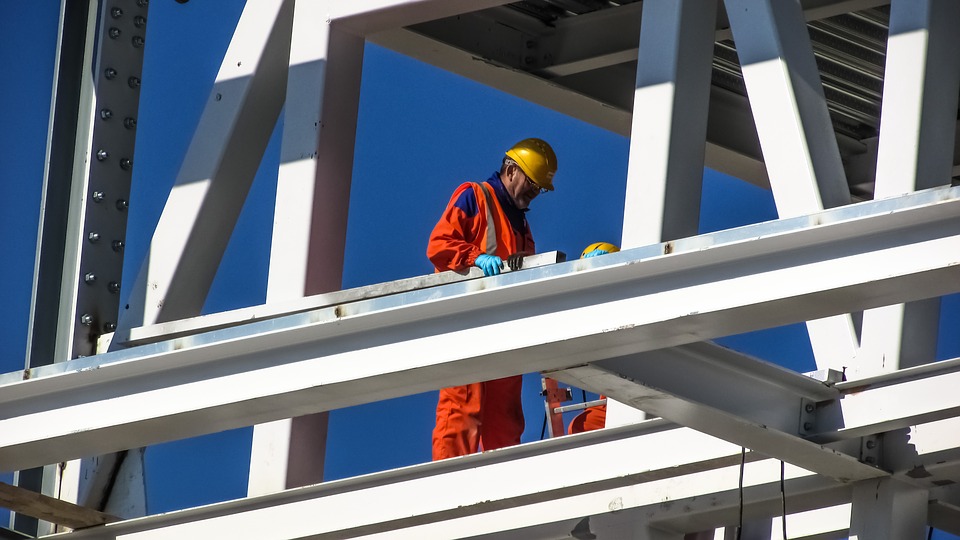
Introduction
The urgency for energy-efficient buildings is at an all-time high in our battle against global environmental challenges. A critical aspect of such buildings is eco-friendly insulation, which plays a pivotal role in reducing energy consumption and aiding sustainability. This article delves into various sustainable insulation options that are not only effective in energy conservation but are also environmentally friendly.
Types of Eco-Friendly Insulation
- Sheep’s Wool Insulation: This natural and renewable option is not only effective in insulation but also sustainable. Sheep’s wool is known for its durability and moisture-resisting properties, making it an excellent choice for green buildings.
- Cotton Batt Insulation: Made from recycled denim, cotton batt insulation offers excellent thermal and acoustic insulating properties. It’s a great way to reuse textile waste and reduce environmental impact.
- Cellulose Insulation: Comprising mostly recycled paper, cellulose insulation is a low-impact option. It’s treated for fire resistance and offers superior energy-saving performance.
- Cork Panel Insulation: Harvested from the bark of cork oak trees without harming the tree, cork panel insulation is a renewable and sustainable choice. Its natural properties make it an excellent insulator.
- Polystyrene Insulation: Although synthetic, certain types of polystyrene insulation are made with recycled materials, offering high efficiency in thermal insulation.
Benefits of Eco-Friendly Insulation
- Reduced Environmental Impact: Using sustainable materials in insulation significantly lowers the carbon footprint of a building.
- Energy Efficiency: High-quality eco-friendly insulation leads to substantial energy savings, reducing the need for heating and cooling.
- Health Benefits: Many natural insulators have lower levels of toxic emissions, contributing to better indoor air quality.
Installation Considerations
The effectiveness of insulation depends largely on proper installation. It’s important to consider factors such as the R-value, moisture resistance, and the longevity of the insulation material.
Case Studies
We explore several buildings around the world that have successfully integrated eco-friendly insulation. These case studies showcase the practical applications, benefits, and impact of using sustainable insulation materials.
FAQs
Q: Is eco-friendly insulation more expensive? A: Initially, it can be costlier than conventional options, but the long-term savings in energy costs and environmental benefits often outweigh the initial investment.
Q: Can I install eco-friendly insulation in an existing building? A: Yes, many eco-friendly insulation options are suitable for retrofitting existing structures, making them a practical choice for renovation projects.
Conclusion
Eco-friendly insulation is a key component in the drive towards sustainable development. With advancing technology, these options are becoming more accessible, efficient, and cost-effective, making them an ideal choice for anyone looking to reduce their environmental footprint and energy costs.
